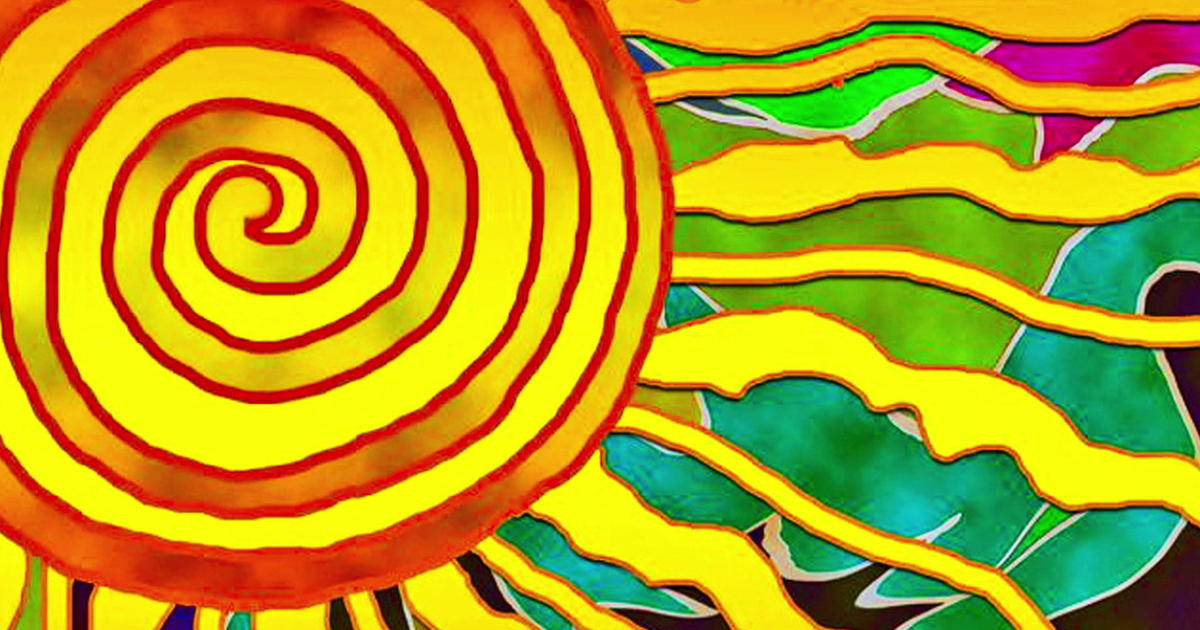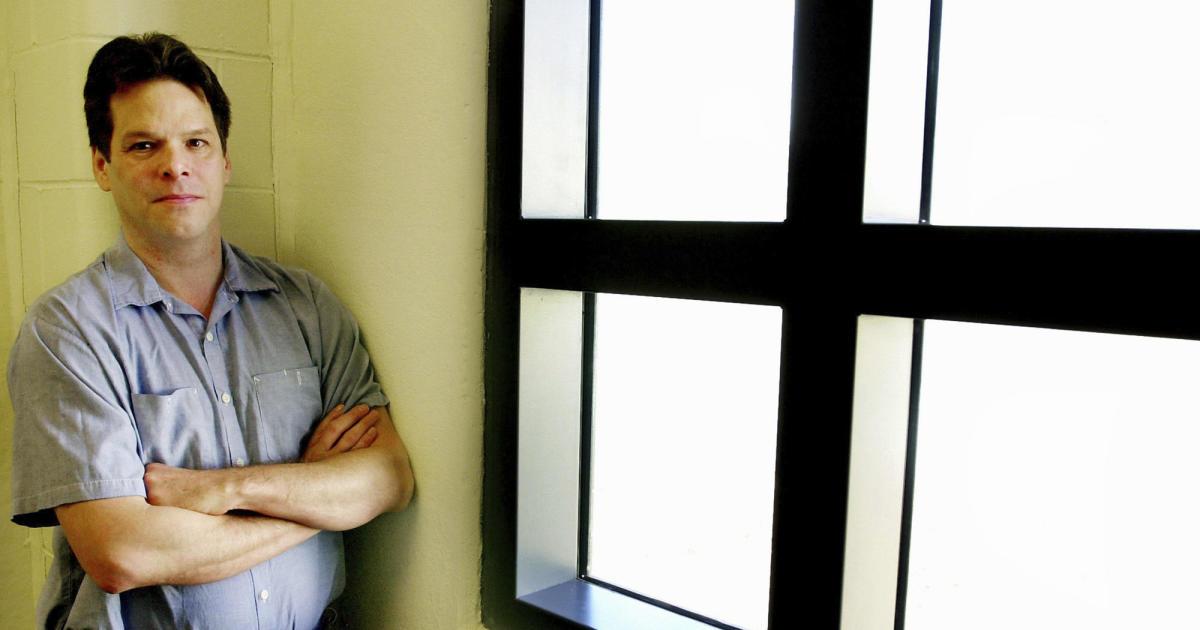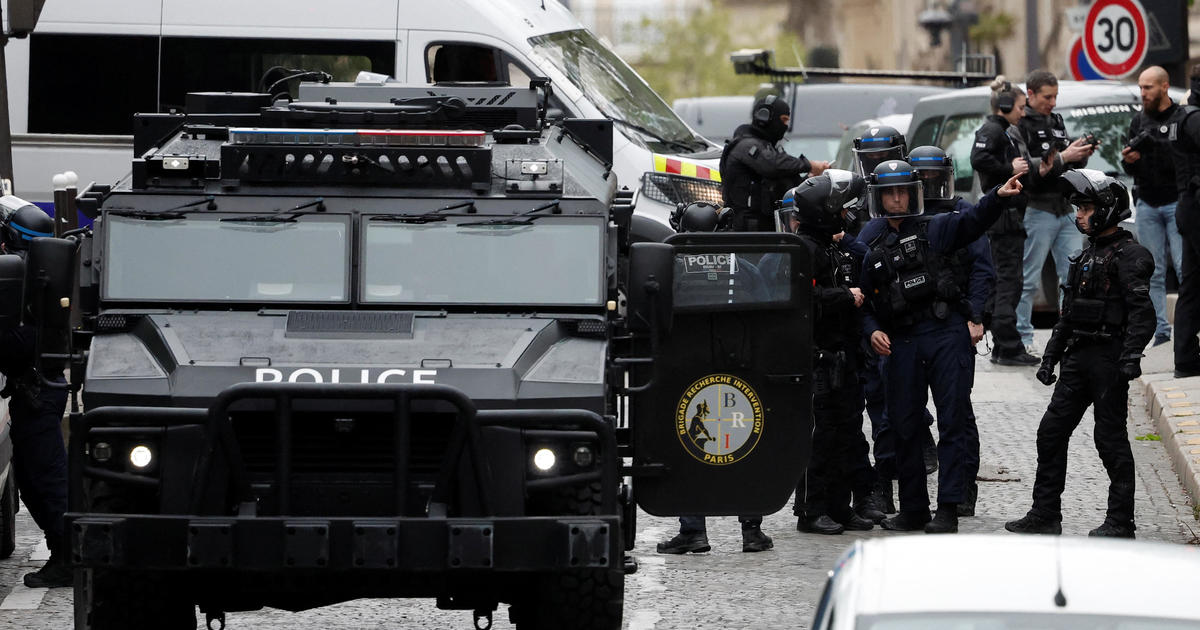Doomsday Clock moves closer to midnight
A panel of scientists and scholars announced a change to the Doomsday Clock Thursday morning, which shows how close we may be to the end of the world. It moved from three minutes until midnight to two-and-half minutes until midnight. The 12 o’clock hour represents the destruction of human civilization.
The Bulletin of the Atomic Scientists magazine first set the clock 70 years ago, and with Thursday’s announcement it’s been adjusted 22 times since.
The Doomsday Clock isn’t a physical clock so much as it is an attempt to express how close a panel of noted experts feels we are to destroying the planet, reports CBS News correspondent Kris Van Cleave. Scientists consider factors like nuclear weapons and, more recently, climate change.
“It is a metaphor, but we are literally minutes away from a nuclear exchange should someone press a button,” said Bulletin of the Atomic Scientists executive director Rachel Bronson.
In a statement explaining today’s decision, the group said:
“World leaders have failed to come to grips with humanity’s most pressing existential threats: nuclear weapons and climate change. Disturbing comments about the use and proliferation of nuclear weapons made by Donald Trump, as well as the expressed disbelief in the overwhelming scientific consensus on climate change by both Trump and several of his cabinet appointees, affected the Board’s decision, as did the emergence of strident nationalism worldwide.”
With the Doomsday Clock starting the day at three minutes to midnight, it’s President Trump’s finger on the button. Prior to taking office, he called for the U.S. to “strengthen and expand its nuclear capability.”
“Does the election of a new president who might be more hawkish – is that grounds for moving the clock?” Van Cleave asked.
“Those are the issues that the science and security board take into consideration. We very rarely make a decision based on an individual,” Bronson said.
The Bulletin of the Atomic Scientists debuted the clock in 1947, setting the initial time at seven minutes to midnight because – according to the artist who designed it – “it looked good to my eye.”
The hands came closest to midnight at two minutes away in 1953 after the U.S. and the Soviet Union tested their first hydrogen bombs.
“This seems to me to be more a day for a searching of the human soul perhaps than for any kind of scientific celebration,” former CBS News broadcaster Bill Downs said on air.
We were furthest from annihilation in 1991 with 17 minutes to spare after the signing of the Strategic Arms Reduction Treaty at the end of the Cold War.
But they acknowledge they once got it wrong: the year of the Cuban missile crisis – which brought the world to the brink of nuclear war – the clock moved back to 12 minutes to midnight.
“That’s the one that when we look back across our whole time series, is the one that we’d say, they didn’t know all the information at that point,” Bronson said.
Bill Gertz writes about national security for the Washington Times and is publishing a new book which details the continuing threat of nuclear weapons.
“If that clock ticks closer to midnight, are you going to lose any sleep?” Van Cleave asked him.
“No, I’m not going to lose any sleep,” Gertz said. “I don’t think we’re near an apocalypse.”
He sees the Doomsday Clock as more of a political barometer.
“In a lot of ways, the Doomsday Clock is being used by the liberal left to try to promote its agenda for nuclear disarmament, for greater efforts to control climate change and other elements,” Gertz said.
“We’ve moved it for Republicans and Democrats, and most recently a Democratic administration,” Bronson said.
“There are some that are going to say all you’re doing is creating panic at a time when there’s a lot of uncertainty,” Van Cleave said.
“Our goal isn’t to create panic, but it is to say this is very serious,” Bronson responded. “And there’s things that we can do. And if we can have that conversation that would be very productive.”
The Doomsday Clock only factors in man-made threats to the world. Scientists don’t consider threats like epidemics or meteors. In a 2014 poll by “60 Minutes” and Vanity Fair, more than one third of Americans said a nuclear war was most likely to end humanity.



